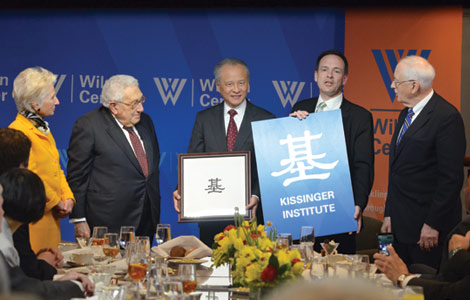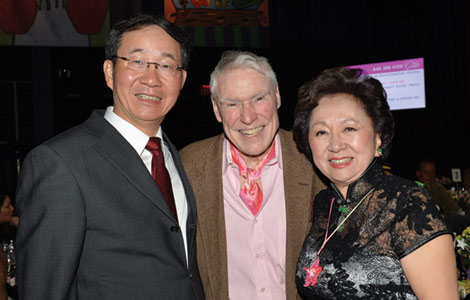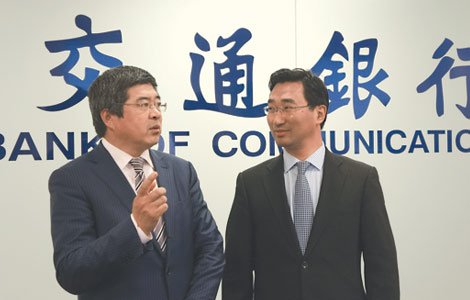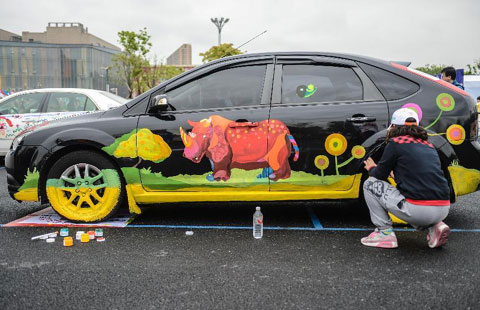Bronx ice-skating rink considers EB-5 for financing
Updated: 2014-05-01 08:56
By JACK FREIFELDER in New York (China Daily USA)
|
|||||||||
It has been used piecemeal for dog shows, boat expos, boxing matches, movies and music videos. But no investors have looked at developing the Kingsbridge Armory in the Bronx until now.
The latest plan for renovation calls for the vacant 180,000 square foot structure to be converted into one of the world's largest indoor ice skating facilities.
And though financing for the project — which its developers say could approach $350 million — hasn't yet been secured, those looking at doing the conversion are considering joining a growing trend by US developers: using immigrant investment funds through EB-5. In 2013, Chinese nationals were the largest group to get visas through the program.
"There's a lot of interest in lending to quality projects," Kevin Parker said in an April interview with Crain's New York Business. "But this is a project that is in a geographical area that qualifies for EB-5 and that is something we're definitely considering." Parker is founder and chairman of the Kingsbridge National Ice Center (KNIC), the organization that is managing the armory's conversion.
EB-5 gives immigrants an alternative way to obtain a visa. It was created in 1990 by the US Congress to help stimulate the economy. With a minimum of $1 million — or $500,000 in low employment or rural areas — an EB-5 investor must create at least 10 full-time jobs through a project they are working toward completing. In return, the investor is eligible for permanent US residency.
In 2013, 6,895 Chinese nationals were issued visas through the EB-5 program; South Koreans, the next largest group, were issued 364, according to data from US Citizenship and Immigration Services (USCIS), the agency within the Homeland Security department that oversees the program.
A single EB-5 application can account for multiple visas for investors' immediate family, which was part of the reason that Chinese nationals outpaced all other nationalities in immigrant investor visas.
The Wall Street Journal reported in January that according to USCIS estimates, the EB-5 program created more than 57,000 jobs and has raised close to $9 billion since the program's inception.
Though the program is limited to 10,000 visas per year, Michael J Wildes, a managing partner at New York-based immigration law firm Wildes & Weinberg PC, said the EB-5 program "seems to have rooted itself well".
"My Dad testified in support of the EB-5 program before Congress decades ago, which speaks to the national heritage of immigrants and entrepreneurs," Wildes said Wednesday in an interview with China Daily. "The great risk takers we've historically seen in this nation have been entrepreneurs — people who enfranchise employment and opportunities for others."
As a result of a December 2013 audit by the Homeland Security department, Larry Behar, a Florida-based immigration attorney said the US EB-5 program is likely to have a stricter approval process for regional centers and projects going forward.
The report, from Homeland Security's Office of the Inspector General (OIG), said that the USCIS has not been managing the EB-5 regional center program effectively. A majority of EB-5 projects go through these regional centers, which serve as a conduit for immigrant investor capital.
"The entire EB-5 program is in a state of maturing," Behar said in a January interview with China Daily. "This means that with time the policies and procedures are becoming more refined and more precise with regard to the applications for classification of EB-5."
Wildes, with Wildes & Weinberg, said he expects the EB-5 program to continue ``in its robust application".
"We hope that immigration and law enforcement will do a good job of ferreting out fraud," Wildes said.
Parker, the New York City Economic Development Corp (NYCEDC) and the New York City Regional Center (NYCRC) for EB-5 investment visas could not be reached for comment.
The Kingsbridge Armory in the Bronx was built between 1912-1917. In 1974, the New York City Landmarks Preservation Commission declared it a city landmark. Eight years later, the building was listed on the National Register of Historic Places (NRHP).
The New York City Council voted overwhelmingly in favor of the proposed ice-rink plan for the armory in December 2013. Then-mayor Michael Bloomberg said after the vote that "once complete, the Kingsbridge National Ice Center will be a world-class destination."
jackfreifelder@chinadailyusa.com
Most Viewed
Editor's Picks

|
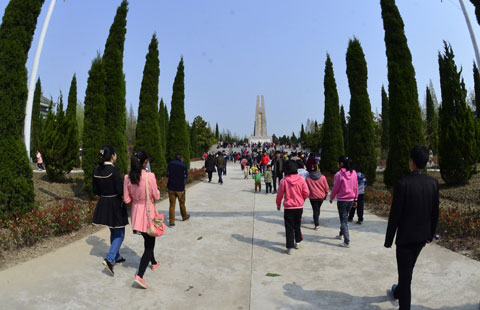
|
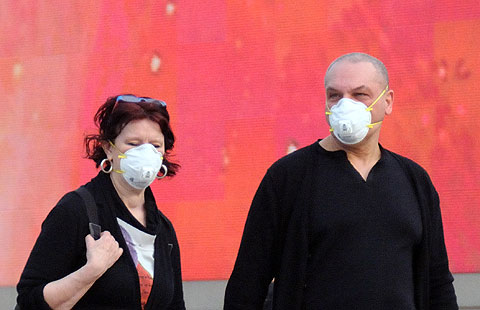
|
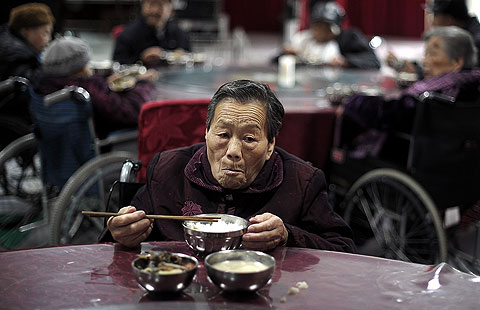
|

|

|
Today's Top News
US not edged out of Latin America: State
US considers more easing of visa policy for Chinese
Forum trends: Chinese foods you must not miss
Obama's Asia trip fails to achieve goals, experts say
US sanctions worry oil investors
Xi calls for anti-terror tools
High score: Xbox One to hit China
Geffen interested in buying Clippers
US Weekly

|

|
